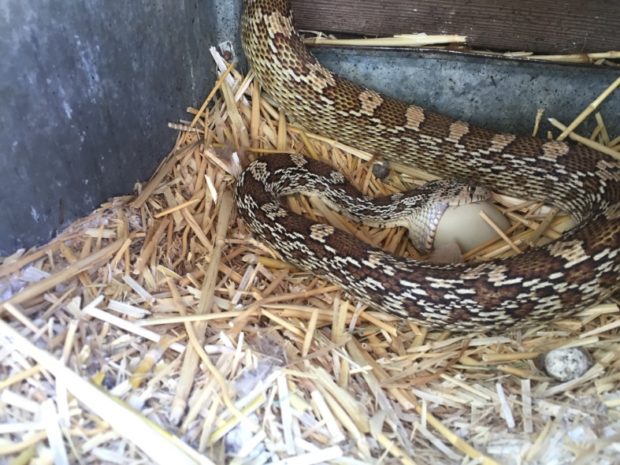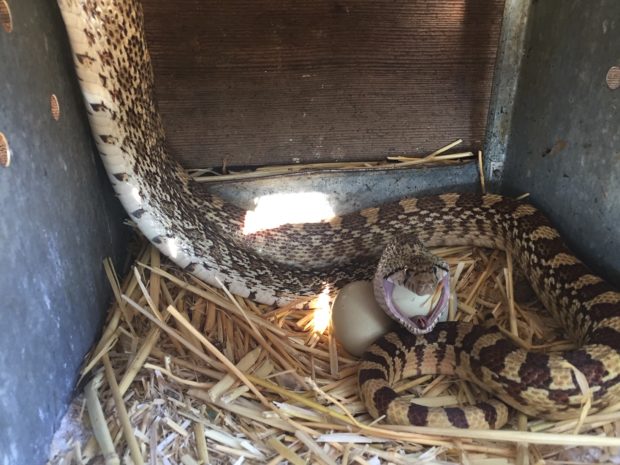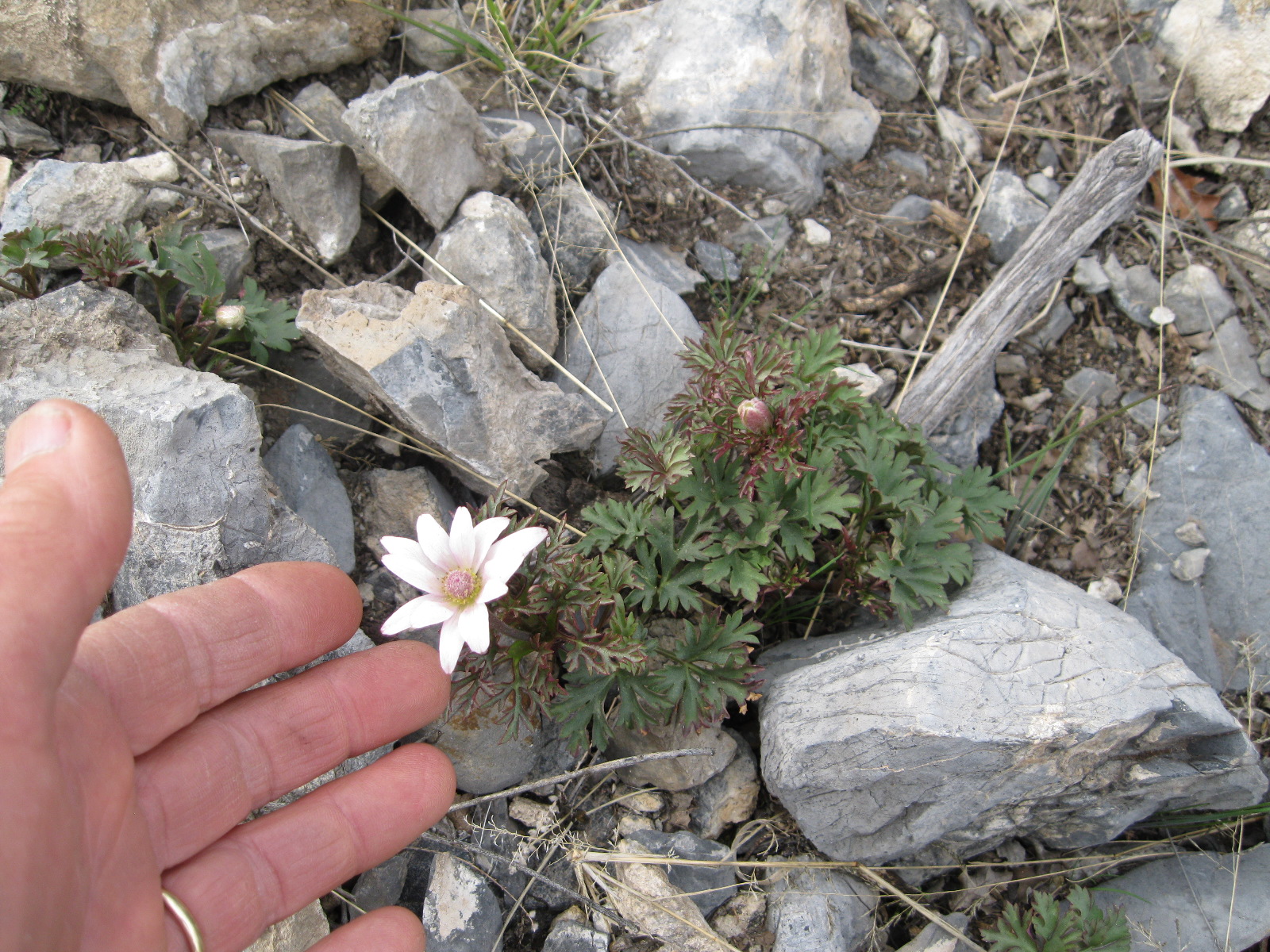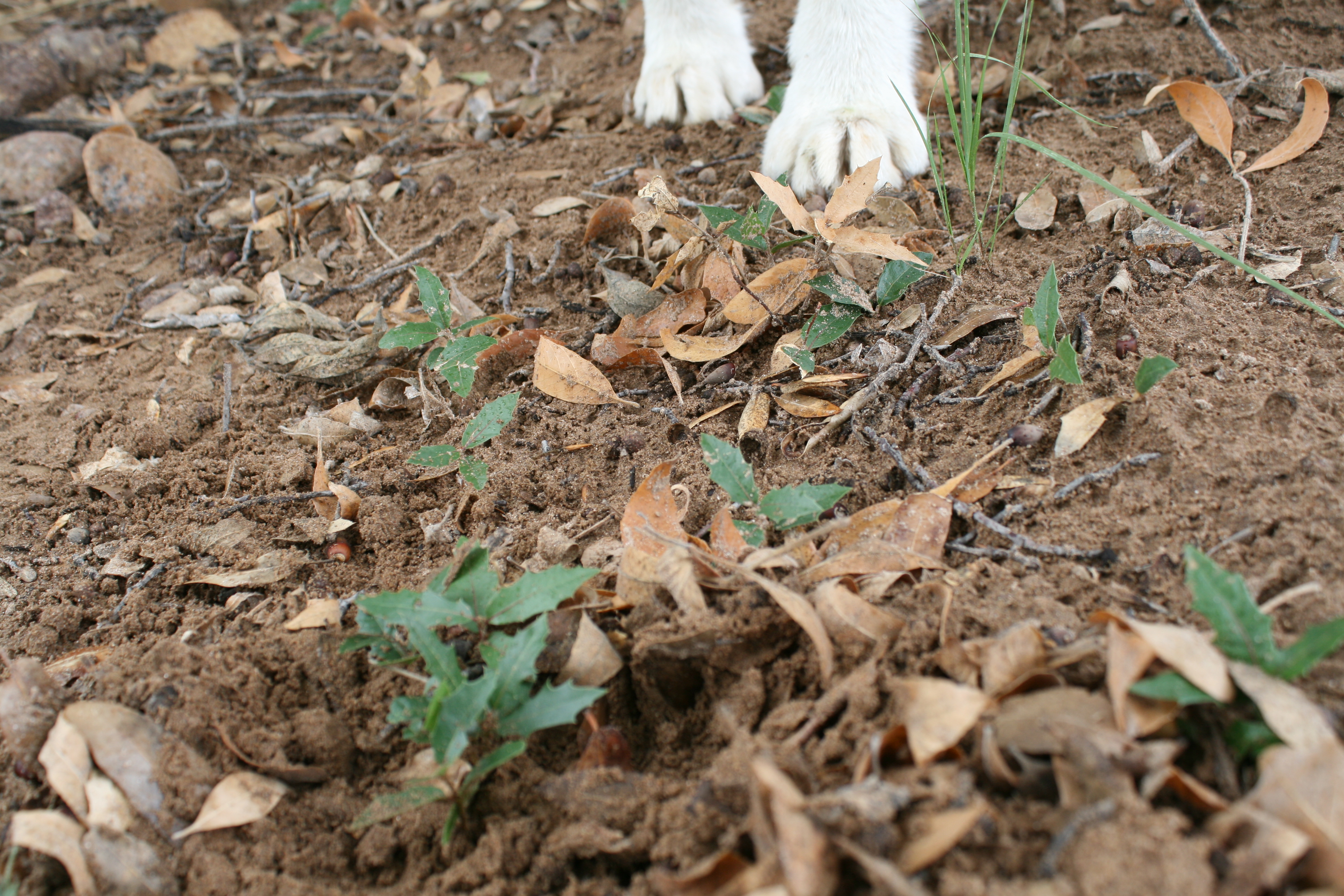The scientific name for our gopher snake (or gophersnake. I’ve seen it written both ways) is Pituophis catenifer. The genus looks like a combination of two words; pituita, Latin for phlegm and ophis Greek for snake. Phlegm snake! And is it just me, but isn’t it uncanny that a slang word for spitting is patooey? Oh, and the specific epithet catenifer is from the Latin catena for chain and must be referring to the marvelous brown blotches that run down it’s back.
I read that there are several subspecies of gopher snakes (Pituophis catenifer) from the central US and westward and of course, that makes for several common names most of which have gopher or bull in the name. Anyway, in my favorite field guide, A Field Guide to Amphibians and Reptiles in Arizona, by Brennan and Holycross, I am reminded that our gopher snake is found all over Arizona “in every biotic community below Alpine Tundra.” Yay!

The photos are mine. I doubt the snake enjoyed having its meal interrupted by a dude with a camera, but my goodness, isn’t it a beautiful snake? Even with its mouth full!


Petey sure likes Wright’s bee brush. Let’s listen.

Eumorpha typhon or the Typhon sphinx moth is out and about from June to August in the borderlands. I realized very quickly that we...

I’m lucky to live beside the Ol’ Guajolote. It’s not on the land where we live, but runs through other neighbors’ properties next to...